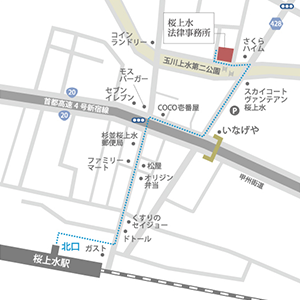Legato Music Symbol Definition
(music) without pauses between notes; An example of legato in music is the opening part (introduction) of Saint Saen` Introduction and Rondo Capriccioso. Notice how Augustin Hadelich merges notes to create a homogeneous singing line. Another good example is Pachelbel`s Canon in D. This beautiful play is often performed at weddings, but also in television commercials. The melody seems timeless, and that`s because of the vocal quality of the legato notes. In guitar playing (apart from classical guitar), legato is used interchangeably as a term for musical articulation and a specific application of the technique – playing musical phrases with the left hand to play notes – using techniques such as glissando, string bending, hammer-ons and pull-offs rather than choosing notes. The fact that the same finger vibrates the string and adjusts the pitch results in smoother transitions between notes than when one hand is used to mark pitch while the other hits the string. The legato technique of providing a legato articulation on the electric guitar usually requires playing close notes and on the same string, followed by the first note with others played by hammer-ons and pull-offs. There is an intermediate joint called mezzo-opas or non-legato (sometimes called portato). While the legato is played or sung, each note slowly moving to the next, the tenuto notes are articulated with a little emphasis at the beginning.
Tenuto means holding a rating for its full grade value. It`s more articulate and can sometimes indicate a little extra weight on that note to show you`re just getting started. You want the phrase to sound fluent, but not like each note moves on to the next. You can think of it as an articulated legato. When a musician sees a staccato, he plays the note with a very short and distant attack. This means that the note does not ring, but has a very rapid decrease. Other signs that the composer wants you to play legato are if the music has a musical notation, such as “cantabile”, “ballad”, “choir”, etc. These words help tell the performer what the mood of the music is, and often lyrical songs are the ones you want to play legato. Legato ([leˈɡaːto]; Italian for “bound together”; Linked French; German binding) indicates that musical notes are played or sung fluently and are linked.
That is, the player makes a transition from note to note without silence between the two. The legato technique is necessary for faded performance, but unlike washing (as this term is interpreted for some instruments), legato does not prohibit rearticulation. [clarification needed] There are many terms in music that come from the Italian language, and “legato” is one of them. The word “legato” means that the music should be played smoothly and smoothly, without pauses between notes. Playing the legato style piano means that each note has some connection to the next note. In written music, there are symbols that tell the musician to play a certain musical passage in the legato way. These symbols are called insults or sentence markers. Insults (or sentence markers) appear in music as curved lines that span different notes. These marks can extend over a short passage of music (a few notes) or a long passage of music (several notes). The insults in the following examples tell the pianist to play each phrase in a legato way.
The opposite of a legato technique is typically a staccato. Staccato means that each note is stopped before its full value and rearticulated at the beginning of the next. The direct translation of legato is “linked together” in Italian. Therefore, composers require that each note be played for its full value and lead directly to the next note, allowing for a fluent phrase. You can do this with one or more notes on a stroke of the bow. For example, imagine a singer singing “Twinkle Twinkle Little Star” and connecting each note to the next. The key to making your tenuto bow strokes sound different from your legato notes is to make sure the notes sing but aren`t completely connected. A great way to practice both bowing techniques, legato and tenuto, is to apply them when playing scales so that you can use very simple fingerings and rhythms while focusing on the bow. If you don`t already have them, download the free booklet with the most commonly used violin scales! What do you personally find difficult about the legato and tenuto bow techniques? The way it`s written, or maybe the counting? Which shot do you find more difficult? Feel free to share in the comments below, I always love hearing from you! Don`t worry, it`s very easy to tell the difference between legato and tenuto in written music! In classical singing, legato means a series of vowels supported with minimal interruption by the consonants.
This is a key feature of the bel canto singing style that prevailed among singing teachers and singers in the 18th century and the first four decades of the 19th century. Usually called a line, a good smooth legato is always necessary for successful classical singers. In Western classical music, singers usually use it on any phrase without explicit signs of articulation. Usually, the most common problem with vocal legato is holding the “line” through the registers.



